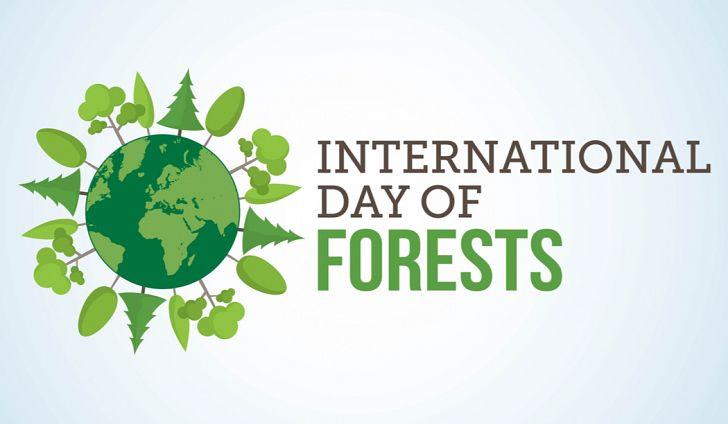Free Courses Sale ends Soon, Get It Now


Free Courses Sale ends Soon, Get It Now



Copyright infringement is not intended
Context: International Day of Forests observed.
International Day of Forests 2022:
About International Day of Forests:
Why Forests matters?
Forest land in India:
Forest cover and tree cover
Wasteland in India:
State’s Power:
Forest rights disputes:
https://www.un.org/en/observances/forests-and-trees-day
© 2024 iasgyan. All right reserved